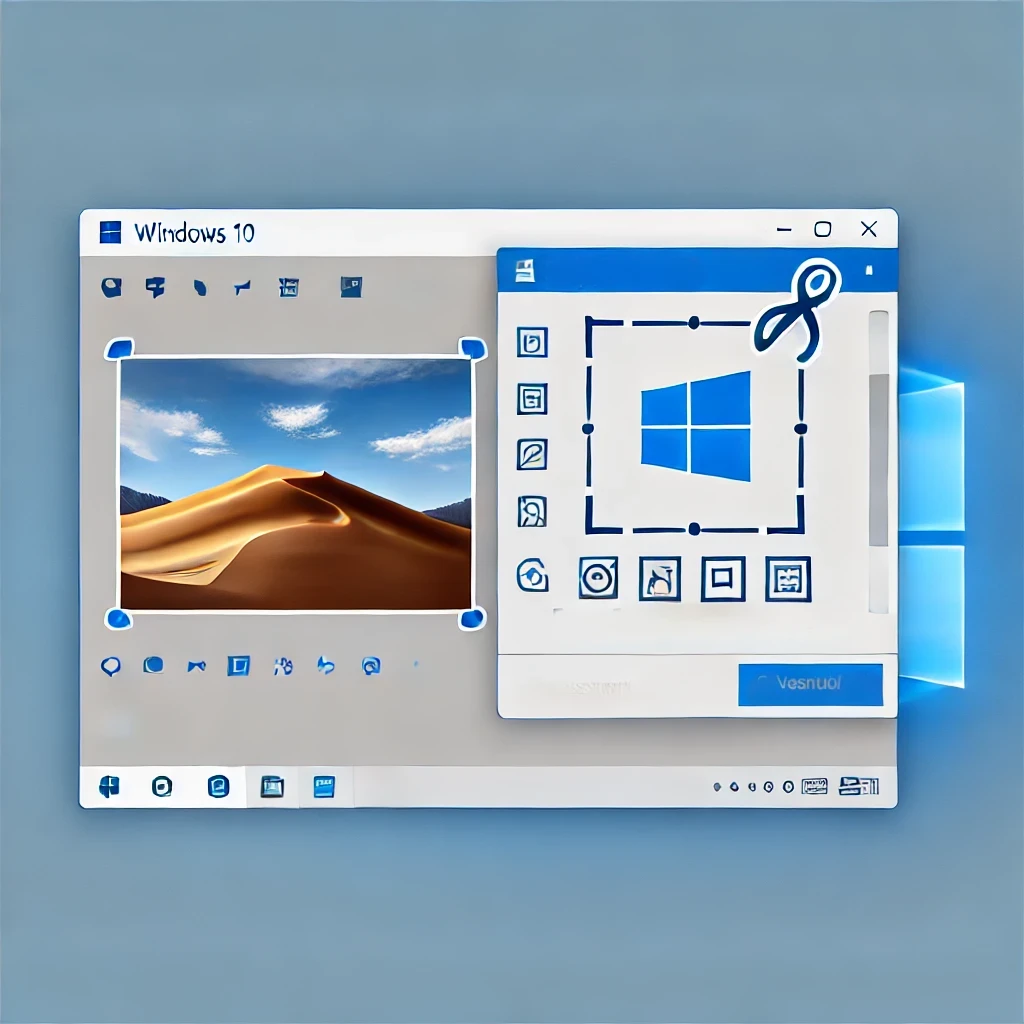Capturing screenshots in Windows 10 is a simple yet powerful feature that lets you easily save, edit, and share images of your screen. One of the most versatile tools for this purpose is the Snipping Tool. Here’s how you can use it to take screenshots, make notes, and share your captures.
Overview of Snipping Tool
The Snipping Tool allows you to capture words or images from part or all of your screen. Once you capture a snip, you can make modifications, add annotations, save it to your device, or share it directly. This tool is particularly useful when you need to highlight specific areas or add comments to your screenshots.
Types of Snips You Can Capture
With the Snipping Tool, you have the flexibility to take different kinds of screenshots depending on your needs:
- Free-form Snip: Use this mode to draw a custom, free-form shape around the object you want to capture. This option is great for capturing irregular shapes.
- Rectangular Snip: This is the most commonly used option. It allows you to drag the cursor to create a rectangular frame around the area you want to capture. It’s ideal for highlighting specific sections of your screen.
- Window Snip: This mode captures a specific window on your screen, such as an open dialog box or program window. It’s useful for getting a snapshot of one application without the clutter of the rest of your desktop.
- Full-screen Snip: As the name suggests, this option captures your entire screen, making it useful when you need to share everything that’s currently visible.
How to Open the Snipping Tool
There are three simple methods to open the Snipping Tool in Windows 10:
- Via the Start Menu: Click on the Start button and type Snipping Tool into the search bar. Select the Snipping Tool from the search results to open it.
- Using a Keyboard Shortcut: Press the Windows logo key + Shift + S simultaneously. This brings up a snipping menu at the top of your screen, allowing you to choose the type of snip you want to take.
- Using the Print Screen Key: Press and hold the Windows key and then press the Print Screen (PrtSc) key on your keyboard. Depending on your settings, this may either open the Snipping Tool directly or take a full-screen screenshot and save it to your computer in a file folder. This folder is typically located at
C:\Users\[User Name]\Pictures\Screenshots. Note that “[User Name]” should be replaced with your specific Windows account name.
Where Are Screenshots Saved in Windows 10 and 11?
If you use the Print Screen or Alt + Print Screen shortcuts on your keyboard, the screenshot will not be directly saved as a file. Instead, it is copied to the clipboard — a temporary storage area used for copy-and-paste operations. To save the image as a file, open an image editor, such as Paint, paste the image into the editor, and then save it from there. The same process applies if you use Windows + Shift + S to capture a portion of the screen.
However, if you use the Windows + Print Screen keyboard shortcut, Windows will automatically save the screenshot as a PNG file in your Pictures > Screenshots folder. This folder is typically located at C:\Users\[User Name]\Pictures\Screenshots. Note that “[User Name]” should be replaced with your specific Windows account name.
Editing and Saving Your Snips
Once you’ve captured a snip, it’s automatically loaded into the Snipping Tool window. Here, you can make edits, such as adding highlights or notes. After making changes, you can save your snip to your computer or share it through email or other applications.
Using the Snipping Tool in Windows 10 is a convenient way to take precise screenshots and customize them for your needs. Whether you’re capturing a small detail or the entire screen, the Snipping Tool has you covered.





